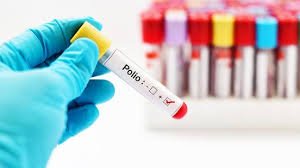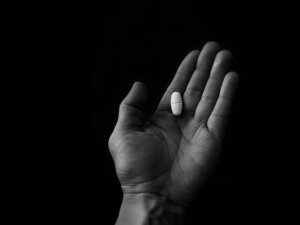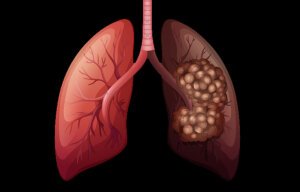
On 24th October 2019, WHO marked the World Polio Day.
Poliomyelitis (polio) is a highly infectious viral disease, which mainly affects young children under 5 years of age.
1 in 200 infections leads to irreversible paralysis. Among those paralysed, 5% to 10% die when their breathing muscles become immobilized.
However, thanks to the global polio eradication initiative in 1988, the following regions are now certified polio-free:
-America
-Europe
-Western Pacific
-Southeast Asia

Wild poliovirus cases have decreased by over 99% since 1988, from an estimated 350 000 cases in more than 125 endemic countries then, to 33 reported cases in 2018.
Of the 3 strains of wild poliovirus (type 1, type 2, and type 3), wild poliovirus type 2 was eradicated in 1999 and no case of wild poliovirus type 3 has been found since the last reported case in Nigeria in November 2012
But polio is still persistent in Afghanistan, Pakistan, and Nigeria.
As long as a single child remains infected, children in all countries are at risk of contracting polio. Failure to eradicate polio from these last remaining strongholds could result in as many as 200 000 new cases every year, within 10 years, all over the world.
In most countries, the global effort has expanded capacities to tackle other infectious diseases by building effective surveillance and immunization systems.
Symptoms
Polio is a highly infectious disease caused by a virus. It invades the nervous system, and can cause total paralysis in a matter of hours. The virus is transmitted by person-to-person spread mainly through the faecal-oral route or, less frequently, by a common vehicle (for example, contaminated water or food) and multiplies in the intestine.
Initial symptoms are fever, fatigue, headache, vomiting, stiffness of the neck and pain in the limbs. 1 in 200 infections leads to irreversible paralysis (usually in the legs). Among those paralysed, 5% to 10% die when their breathing muscles become immobilized.
Prevention
There is no cure for polio, it can only be prevented. Polio vaccine, given multiple times, can protect a child for life. The polio vaccine was developed in 1953 and made available in 1957
Vaccination schedule
| Age | |
| At Birth | One dose |
| 6 weeks | One dose |
| 10 weeks | One dose |
| 14 weeks | One dose |
| 12 to 24 months | Booster dose |










